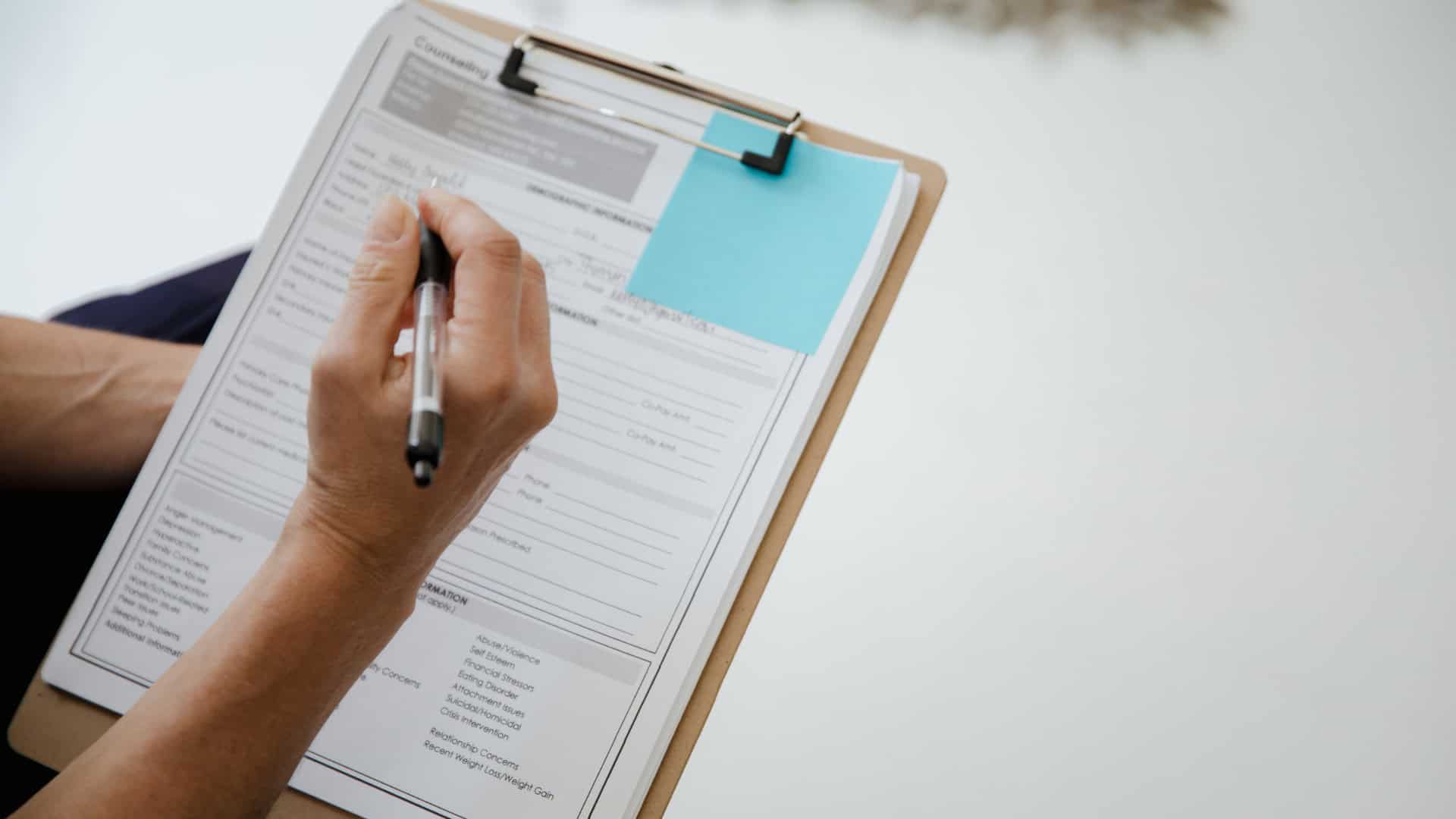Filling out the FAFSA is the first step to getting financial aid for college. But one simple mistake can reduce the amount of aid you receive—or even delay your application.
Many students miss out on aid because they submit the form late or leave sections blank. Some list only one college instead of multiple schools, which limits their options. Parents also make common mistakes when entering tax information, misunderstanding dependency status or skipping sections that impact eligibility. With so much on the line, getting everything right the first time is important.
This guide will help you avoid common FAFSA mistakes and fix any errors you have already made.
Key Takeaways
- Incorrect income reporting is the most common FAFSA mistake.
- Missing the FAFSA deadline can reduce your financial aid.
- Use the IRS Data Retrieval Tool to avoid tax reporting errors.
- Leaving blank fields can delay or lower your aid eligibility.
- List multiple colleges to maximize financial aid opportunities.
- You can correct FAFSA mistakes online after submission.
- Respond quickly if selected for verification to avoid delays.
Importance of FAFSA for College Funding
The FAFSA (Free Application for Federal Student Aid) is key for college funding. It helps figure out if you can get federal and state aid. You can get grants, work-study, and federal loans by filling out the FAFSA. Almost every college in the U.S. uses it to see if you need help.
Knowing who should fill out the FAFSA is important. Both dependent and independent students need to apply. Dependent students give their parents’ info, while independent students report their own. This is crucial because it helps your college create a financial plan just for you.
Who Should Complete the FAFSA?
Here are some groups that should fill out the FAFSA:
- High school seniors getting ready for college
- Current college students who need more money
- Grad students looking for loans
- Returning students with new financial situations
Whether you’re a high school senior or a returning student, filling out the FAFSA is a must. It helps you get aid that fits your needs. This application can make college more affordable for you.
Incorrect Income Reporting – Most Common Mistake Made on the FAFSA
One of the most frequent FAFSA errors is misreporting income. According to the National College Attainment Network (NCAN), nearly 30% of FAFSA applications are selected for verification, often due to income mistakes. Here’s where students and parents tend to go wrong:
- Using the wrong tax year: FAFSA requires tax information from two years prior. For the 2024-25 FAFSA, you’ll need tax details from 2022, not 2023.
- Forgetting to use the IRS Data Retrieval Tool (DRT): This tool imports tax information directly from the IRS, reducing errors. Not using it increases the chance of mistakes.
- Misclassifying untaxed income: FAFSA asks for untaxed income, such as child support and certain retirement contributions. Missing these can cause inaccuracies.
- Confusing parent and student income: The FAFSA requires income information for both the student and the parent(s) if the student is dependent. Mixing these up can impact aid eligibility.
How to Accurately Report Income on Your FAFSA
Avoiding income errors is simple if you follow these steps:
- Use the IRS Data Retrieval Tool (DRT): This tool pulls tax info directly from the IRS, ensuring accuracy and reducing the risk of mistakes.
- Check the correct tax year: Always use the tax return from two years prior. Double-check that you’re entering the right figures.
- Report all untaxed income: Include child support, untaxed pensions, and contributions to tax-deferred retirement plans. If unsure, check the FAFSA instructions.
- Keep student and parent income separate: Ensure you enter income details in the correct sections to avoid miscalculations.
- Review everything before submitting: Go through each section carefully to catch errors before finalizing your application.
Other Costly FAFSA Mistakes That Students and Parents Make
Overwhelmed by college research?
Let us help save time and find the perfect schools for your family.
Many students and parents make avoidable mistakes that can delay financial aid or even disqualify them from receiving grants and scholarships. These mistakes can cost you thousands of dollars in potential aid. Let’s go over the biggest ones.
Missing the FAFSA Deadline
Deadlines matter. Submitting your FAFSA late can significantly reduce the amount of aid you receive since many states and colleges award financial aid on a first-come, first-served basis.
- The federal FAFSA deadline is June 30 of the academic year you are applying for.
- Many states and colleges have earlier deadlines, some as early as December or January of the prior year.
Students who submit the FAFSA within the first three months receive twice as many grants as those who apply later.
Providing Incorrect Tax Information
Many FAFSA applications are flagged for verification due to tax mistakes. Errors in reporting income, tax paid, or adjusted gross income (AGI) can delay aid processing.
Common tax mistakes include:
- Using the wrong tax year’s return (FAFSA requires income info from two years prior).
- Entering estimated numbers instead of actual IRS figures.
- Forgetting to report untaxed income like child support or retirement contributions.
Leaving Blank Fields or Omitting Required Information
A partially completed FAFSA can cause problems. Leaving sections blank, especially those related to income, parent details, or assets, can trigger delays or reduce the aid you qualify for.
- Even if a question doesn’t apply, don’t leave it blank—enter a “0” if needed.
- Omitting parent information when required can lead to an incomplete FAFSA (unless you qualify as an independent student).
Missing or incorrect information is one of the top reasons applications require verification, which can delay processing by weeks.
Listing Only One College Instead of Multiple Schools
The FAFSA allows you to send your financial aid information to up to 20 schools—yet many students list only one. This limits your financial aid options and could mean missing out on better aid packages from other colleges.
Some states require students to first list an in-state public college to qualify for state grants. So, make sure you keep this in mind when adding in your schools. Additionally, colleges don’t see where else you applied, so adding more schools won’t hurt your chances of admission.
If you later decide to apply to additional schools, you’ll need to manually add them to your FAFSA, which could delay aid processing.
How to Avoid FAFSA Mistakes and Maximize Your Financial Aid
Understanding the FAFSA can be tough. Double-checking your FAFSA before you send it in can save you from big mistakes. These mistakes could hurt your chances of getting financial help. It’s important to review your application carefully to make sure you get all the aid you can.
Double-Check Your Information Before Submission
Before you submit your FAFSA, check your info carefully. This includes:
- Personal details like your name, Social Security number, and address
- Financial info, like how much you make and own
- Whether you’re considered an independent student or not
- Make sure you have all the documents you need
Every part of your application is important. Simple mistakes can affect how much financial aid you get.
Use the IRS Data Retrieval Tool
The IRS Data Retrieval Tool can really help you avoid mistakes. It lets you pull your tax info straight from the IRS into your FAFSA. This makes your application more accurate and easier to send.
Using this tool means you’ll enter your tax info correctly. This boosts your chances of getting more financial aid. It’s a key tool for getting ready for college costs and staying financially prepared.
What to Do If You’ve Already Made a FAFSA Mistake?
Whether you entered the wrong income, missed a required section, or listed the wrong schools, you still have time to correct your errors and secure your financial aid. The key is to act fast. FAFSA mistakes can delay your aid package or even lower the amount of aid you receive. Here’s what to do next:
- Log in and review your FAFSA: Go to studentaid.gov and sign in with your FSA ID. Click “Make FAFSA Corrections” and carefully go through each section to spot any mistakes.
- Fix incorrect information: If you entered the wrong income tax details or left out a school, you can update it online. Use the IRS Data Retrieval Tool to ensure your income information is accurate.
- Resubmit your FAFSA immediately: After making changes, submit your updated FAFSA as soon as possible to avoid processing delays.
- Contact your college’s financial aid office: If the mistake is serious, like a big income discrepancy or missing parent details, reach out to your school’s financial aid office. Nearly 30% of FAFSA applications are selected for verification, so you may need to submit additional tax forms or proof of income.
- Make corrections before the deadline: FAFSA corrections must be made before June 30 of the academic year you are applying for. However, some states and colleges have earlier deadlines, so do not wait until the last minute.
Conclusion
Filling out the FAFSA correctly is key to getting the financial aid you deserve. Simple mistakes—like misreporting income, missing deadlines, or leaving sections incomplete—can delay your application or reduce your aid. But, these errors are avoidable.
By double-checking your information, using the IRS Data Retrieval Tool, and staying on top of deadlines, you can submit a strong, error-free FAFSA. If you make a mistake, correct it as soon as possible and reach out to your school’s financial aid office if needed.
About College Journey
Filling out the FAFSA is just one step in the complex college process, but you do not have to navigate it alone. College Journey is here to make applying for college—and securing financial aid—simple and stress-free.
With Alice, your AI-powered college counselor, you will get clear, expert guidance on everything from FAFSA mistakes to understanding how colleges evaluate your GPA, test scores, extracurriculars, and essays. Need help maximizing your aid, standing out in applications, or crafting a strong personal statement? Alice has you covered.
College Journey also offers personalized recommendations, school comparisons, and progress-tracking tools to keep you on top of every deadline. The best part? It’s completely free to sign up.
FAQ
Do I need to submit the FAFSA every year?
The FAFSA must be completed every year you want to receive financial aid. Aid amounts can change annually based on updated financial information.
What if my family’s financial situation changed after submitting the FAFSA?
Contact your college’s financial aid office if you experience job loss, medical expenses, or other financial hardships. They may be able to adjust your aid package through professional judgment.
Do I need to include my parents’ financial information if I’m financially independent?
It depends. The FAFSA has strict dependency rules, so even if you support yourself, you may still be required to include parent information unless you meet certain criteria.
What happens if I do not qualify for need-based aid?
Even if you do not qualify for grants, filling out the FAFSA is still important. It determines your eligibility for federal student loans, work-study programs, and some merit-based scholarships.
Can I submit the FAFSA if my parents have not filed their taxes yet?
Yes! Use estimated tax information and update it later with the IRS Data Retrieval Tool (DRT) once their taxes are filed.




